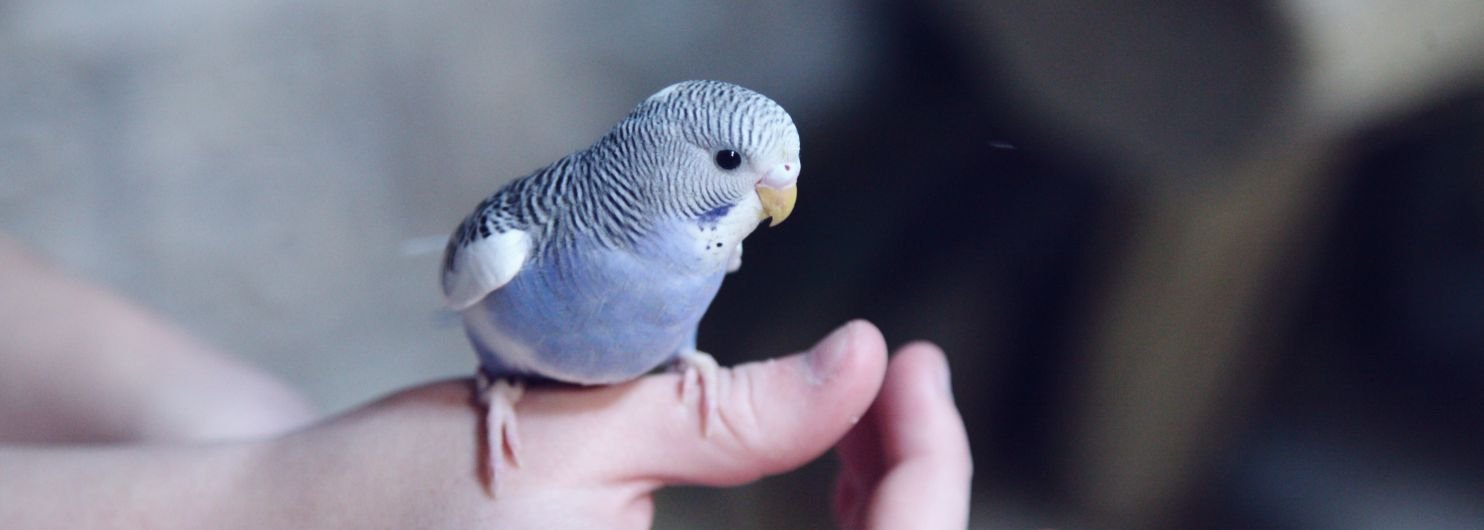Accurately sexing of birds can be very important for veterinarians, bird breeders, ecologists and conservationists. The sex of a bird can be essential data for decisions involving bird care, mating programmes, retail prices, population ecology, and conservation. But very young birds, or for sexually monomorphic species (where both sexes look the same), are usually difficult or impossible to sex morphologically without a highly skilled genital inspection or dissection.
DNA-based assays using PCR and gel electrophoresis can solve this problem by using minimally invasive tests based on DNA from feathers, blood spots or egg shell membranes. PCR assays can be done with relatively basic laboratory equipment and the results visualised using agarose gel electrophoresis. You can find details of the general bird sexing procedure, and protocols for three primer sets, on our website here.
However, birds are extremely diverse in terms of species and genetics, and for some species standard primer sets have either been shown not to work, or they haven’t yet been tested. Order Psittaciformes (parrots, parakeets and allies) are one such large problematic group. Researchers have spent many years trying to produce a single PCR assay that will work with all parrot species, but so far have not come up with a working solution.
Fortunately, a recent study by Kroczak et al. (2021) has produced the next best thing — a workflow using multiple primer sets tested for 135 parrot species, indicating exactly which primer pair was found to work with each of these species, and what the PCR banding results were for each sex.
The authors also propose a sexing strategy for species that have not yet been sexed. Their proposal involves using between two and four primer sets (starting with those that are most successful overall) and obtaining at least two assays that agree. Based on their sampling of 135 birds, they propose trying the following strategies:
Strategy 1: Primers CHD1-iAF/CHD1iAR and NIPBL-i16F/NIPBL-i16R should produce a consensus result for 72% of Psittaciformes.
Strategy 2: If those PCR assays disagree or fail, then primers CHD1-i9F/CHD1-i9R should resolve the issue in 99% of cases.
Strategy 3: If none of the previous assays were able to sex the birds, then CHD1-iEF/CHD1-iER combined with previous markers (particularly CHD1-iAF/CHD1-iAR) should be able to resolve the issue. This strategy was only used for Myiopsitta monachus and Poicephalus gulielmi and the primer set is only recommended for the very rare cases where the other primers fail.
This approach should allow a more straightforward sexing workflow for parrots, parakeets, and other Psittaciformes covered in their article, and a much easier discovery of successful primers for species that have not yet been sexed.
The open access article is:
Kroczak et al. (2021). New Bird sexing strategy developed in the order Psittaciformes involves multiple markers to avoid sex misidentification: Debunked myth of the Universal DNA marker. Genes, 12(6), 878.
https://www.mdpi.com/2073-4425/12/6/878
The primers featured in Kroczak et al. (2021) are shown in the table below.
| Primer name in Kroczak et al. (2021) | Direction | Alternative primer name | Sequence (5′-xxxxx-3′ | Source Article |
| CHD1-iAF (Strategy 1) | Forward | 2550F | GTTACTGATTCGTCTACGAG | Fridolfsson & Ellegren (1999) |
| CHD1-iAR (Strategy 1) | Reverse | 2718R | ATTGAAATGATCAGTGCTTG | Fridolfsson & Ellegren (1999) |
| NIPBL-i16F (Strategy 1) | Forward | N/A | TTGTCAGAGTTGCTGGAGATAC | Suh et al. (2011) |
| NIPBL-i16R (Strategy 1) | Reverse | N/A | AATTTGATGGCACATAACTGTAG | Suh et al. (2011) |
| CHD1-i9F (Strategy 2) | Forward | N/A | CAGCAGAAATCAATCCAAGAC | Suh et al. (2011) |
| CHD1-i9R (Strategy 2) | Reverse | N/A | CAGCCCATTTAACTGATAATCTC | Suh et al. (2011) |
| CHD1-iEF (Strategy 3) | Forward | N/A | AGAAAATGAGTCAGGC | Sundström et al. (2003) |
| CHD1-iER (Strategy 3) | Reverse | N/A | TCATCTTCATCCATATTGG | Sundström et al. (2003) |
We don’t currently stock or sell most of these primers (with the exception of CHD1-iAF/CHD1-iAR = 2550F/2718R), but if anyone doing bird sexing is interested in them, please do get in touch and we will look into whether we can provide them in addition to our current avian sexing primer sets.
Do you have any thoughts on this idea, or would you be interested in trying out DNA barcoding of parrots and order Psittaciformes with Bento Lab? If you do, or if you have any comments, please get in touch!
Looking for advice on using Bento Lab?
Book a free consultation or ask a question.